The marketing for this week’s episode of Doctor Who largely revolved around its proximity to the run’s climax, with the trailers saying things like “Just one more week to go until the exciting two-part finale!” Now that season 12 episode 8, “The Haunting of Villa Diodati” is here though, we can say that this promotional tactic did a huge disservice to what has to be one of the most confidently told stories of this entire era.
First of all, after sidelining the sinister for much of his tenure so far, showrunner Chris Chibnall has treated us to two scary episodes two weeks running now. Following on from the eerie “Can You Hear Me?”, with its disembodied figures and nightmares, “The Haunting of Villa Diodati” serves up a classic haunted house story, but with a Doctor Who twist. This is something the series has dabbled with before, of course – 2013’s “Hide” springs to mind – but honestly, this might be the most successful yet attempted.
Like the best haunting stories, it introduces various creepy elements to, as Mary Shelley would put it, curdle the blood and quicken the beatings of the heart. The spider-like skeletal hands were the standout, but the shadowy ghost of Shelley and the shining man suspended on the lake were also memorable images. The idea of the house being turned into a maze is a bit of a traditional concept, but it was effectively utilized to build up an atmosphere of confusion and terror amongst the characters and the audience. As a consistent tone is often something that this era of the show struggles with, that “Haunting” was able to achieve what it was going for so well is a big tick in the episode’s favor.
As the title tells us, this isn’t just any haunted house story but takes place on the most important night in the whole of gothic fiction. The night Mary Shelley developed the idea for Frankenstein. As with previous Chibnall era historicals, “Haunting” makes the most of its established cast of real-life characters, neatly sketching each of them out. The lecherous, cowardly Byron is a highlight, with Claire Clairmont – the least famous figure of the lot – also being surprisingly well-served, thanks to her empowering moment at the end where she stands up to her boorish beau.
Unfortunately, the big flaw in the execution of the storyline comes in the way it sidelines Mary Shelley. It soon becomes clear that the mystery of Percy Shelley’s disappearance is at the core of the plot, with the famed poet eventually becoming the hinge of the drama: should the Doctor let this hugely significant person die, or save billions of lives in the future? This was very potent stuff, but the downside is that it leaves Mary little to do herself. Wouldn’t it have made more sense to make Mary the one the Cyberman was after. That way, you know, the woman who actually wrote Frankenstein would be at the heart of this Frankenstein-inspired narrative and not her husband.
Yes, as fans had worked out thanks to some analysis of the trailers, the big bad this week turned out to be a Cyberman. But not just your garden variety Cyberman, the Lone Cyberman. The very same one teased by Captain Jack back in episode 5. And he’s certainly unique among the emotionless cyborgs. Perhaps harking back to the rage-filled Frankenstein’s monster of Shelley’s novel, the Lone Cyberman is only partially-upgraded, meaning he’s filled with emotion. This is an interesting re-interpretation to explore, but you could argue it robs the Cybermen of their key trait. In a spooky episode like this, some extra ick-factor wouldn’t have gone amiss in the costume department, either. Couldn’t his exposed face have been a bit more skeletal?
As we all knew would happen, despite Jack’s warnings, the Doctor ends up giving the Lone Cyberman what it wants – the Cyberium, a gloopy A.I. that contains spoilers for the season finale. Considering this conclusion was obvious, it’s impressive that so much tension is eked out of the situation. This is all to do with giving the Doctor an impossible choice to make, the one involving Shelley mentioned above. The Thirteenth Doctor hasn’t had to deal with this classic Doctor staple before, so it’s fascinating to see how she handles it.
The result is one of the strongest moments for the character, and Jodie Whittaker, we’ve ever seen. Thirteen has always lacked the ego of her predecessors, but for a moment that facade slips and she reminds her companions that there’s a mountainous gulf between her and everyone else and she alone can make the tough decisions. You can almost see Peter Capaldi peeking out through Whittaker’s eyes. Speaking of Capaldi, there’s a very pleasing reference to Bill, too, as the Doctor decrees that she’s not going to let another friend become a Cyberman – as happened to Bill in “The Doctor Falls.”
In short, writer Maxine Alderton deserves all the acclaim for pulling off this stellar installment with her very first gig on the show. It’s worth noting that Chibnall is not credited as co-writer this week, as he has been for the past three. While he no doubt had a sizeable hand in its development, you can sense that this is one creator’s vision all the way through and is all the better for it. Alderton has immediately proven herself as one of the most robust writers in the show’s writers room, so she had better come back next season.
In effect, “The Haunting of Villa Diodati” fills the same place as 2007’s “Utopia” or 2015’s “Face the Raven” did, acting as a backdoor first episode in a loose three-part finale. And it actually holds up to those two classics extremely well, serving up its own strong standalone material while also offering some intriguing set-up for what’s to come next week. Far from being an hour of filler before we get to the good stuff, then, this Doctor Who episode raised the bar that the coming finale will have to match.













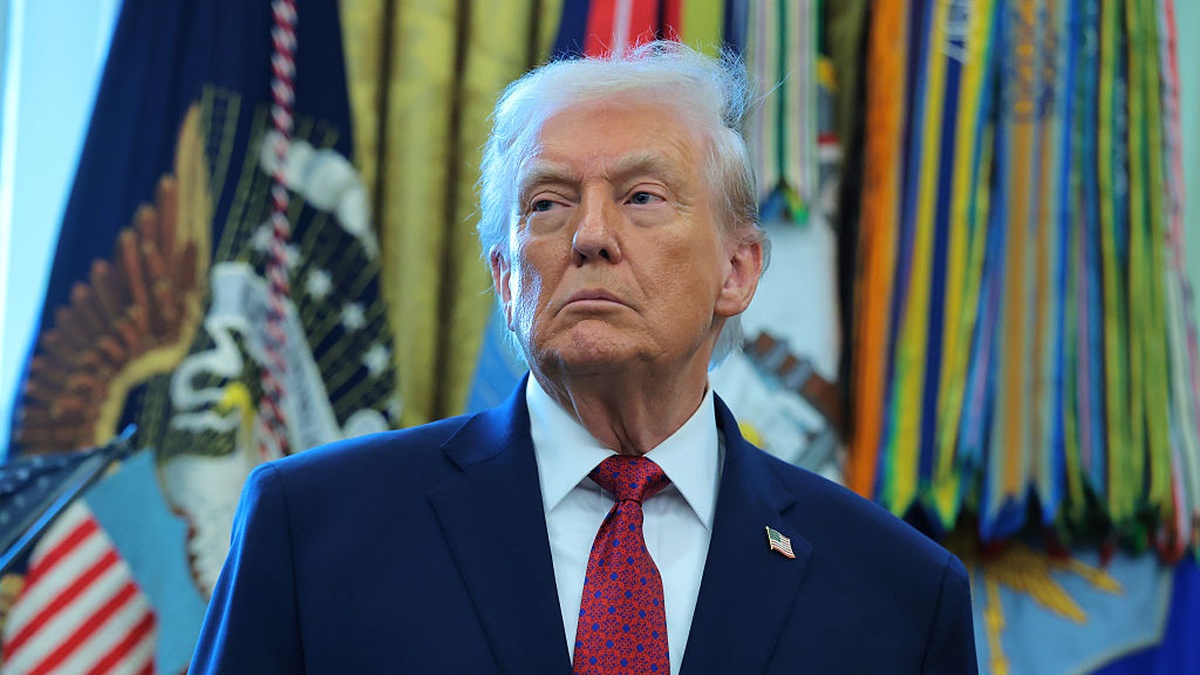

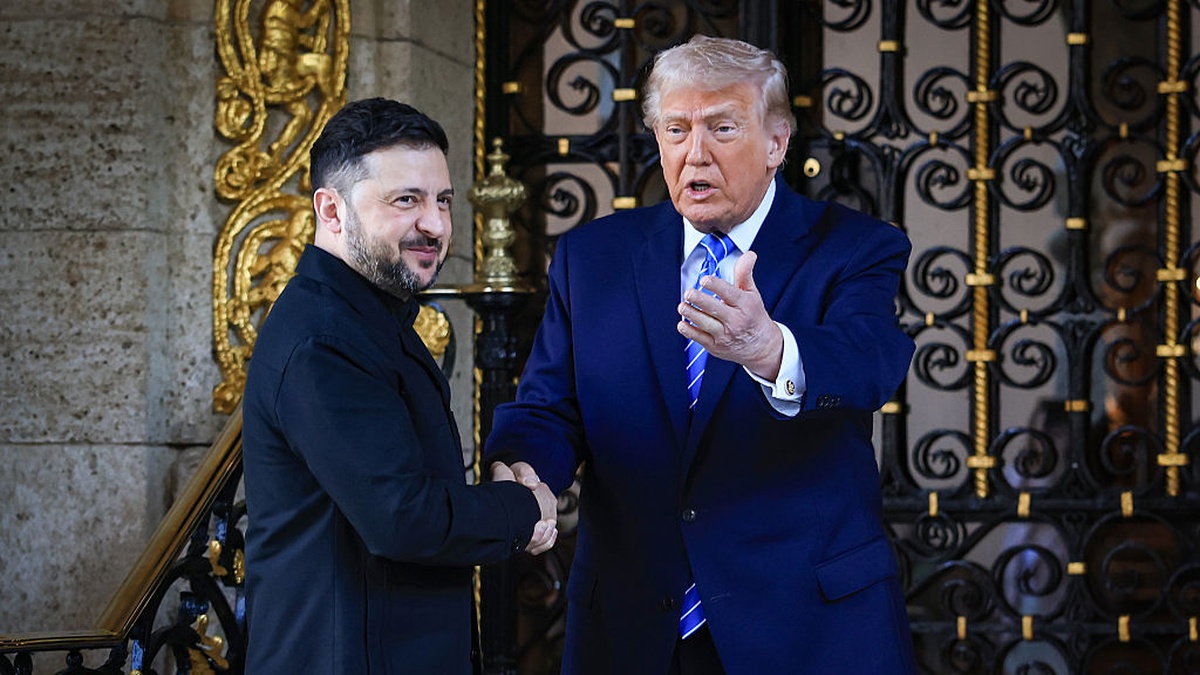

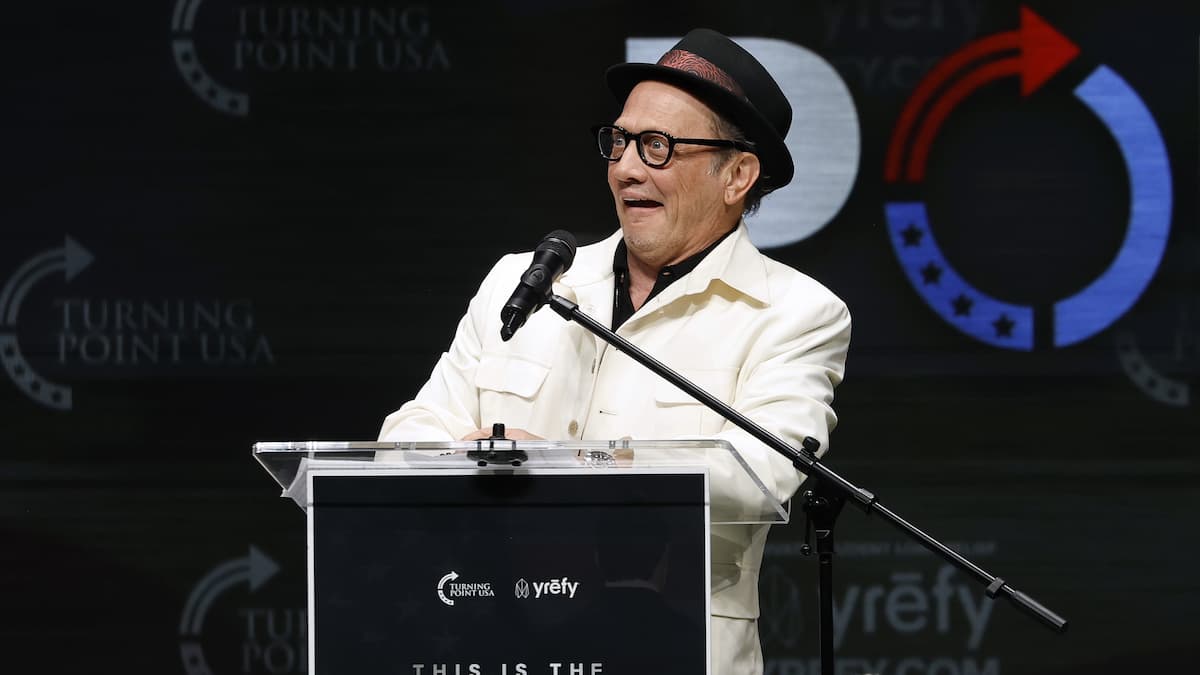

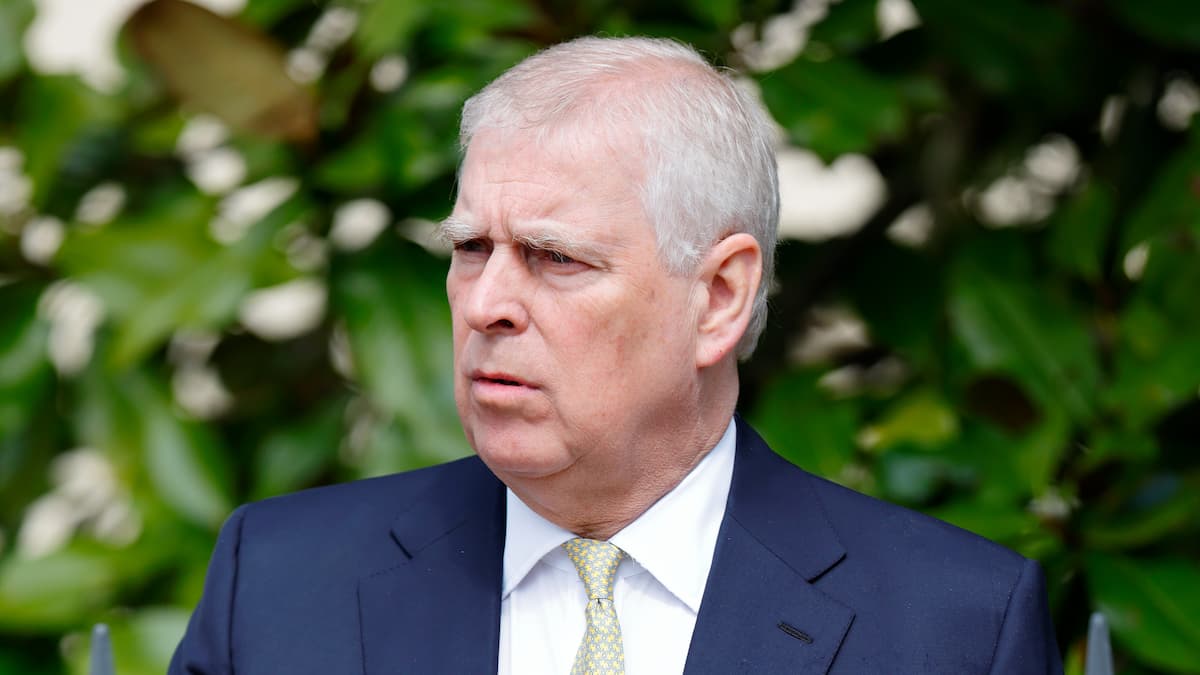
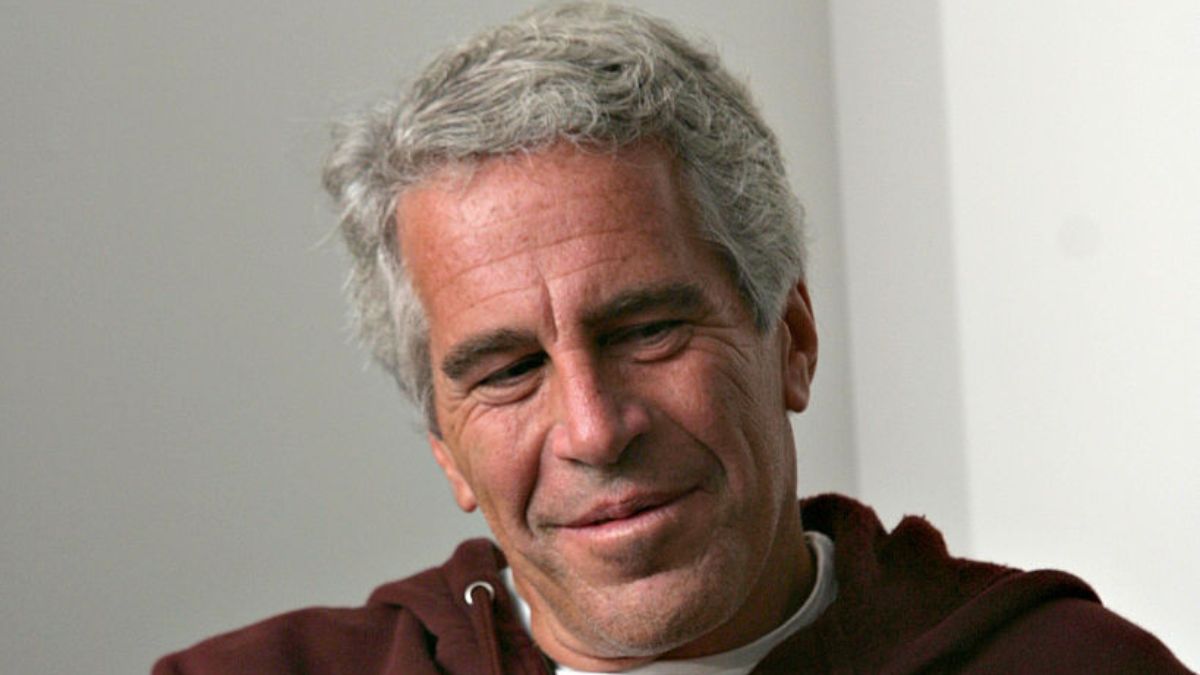
Published: Feb 16, 2020 05:29 pm